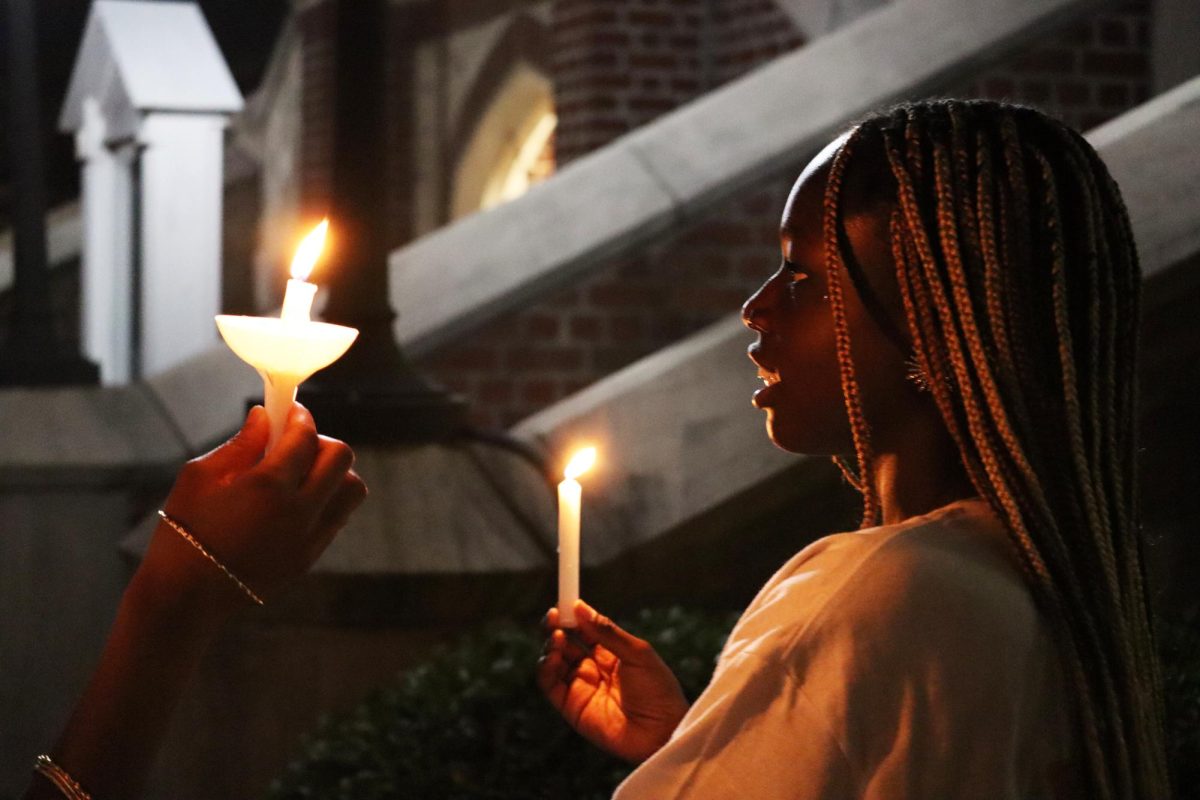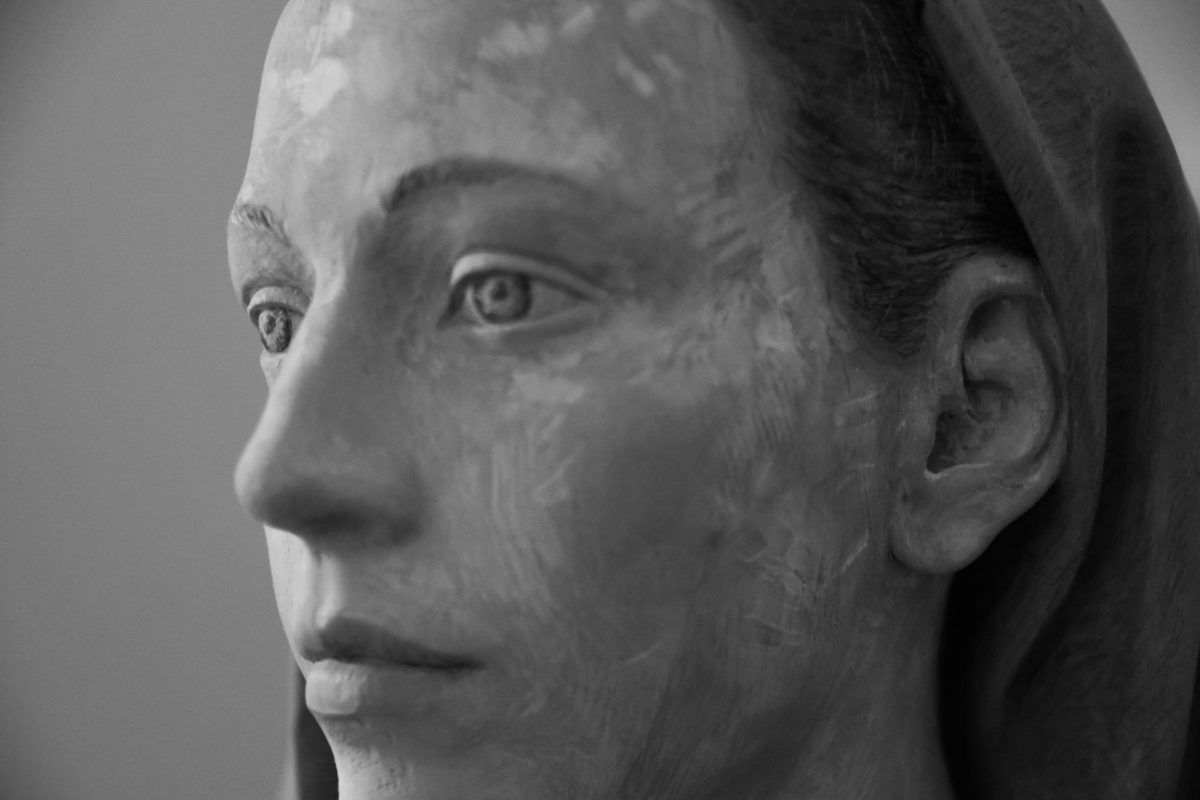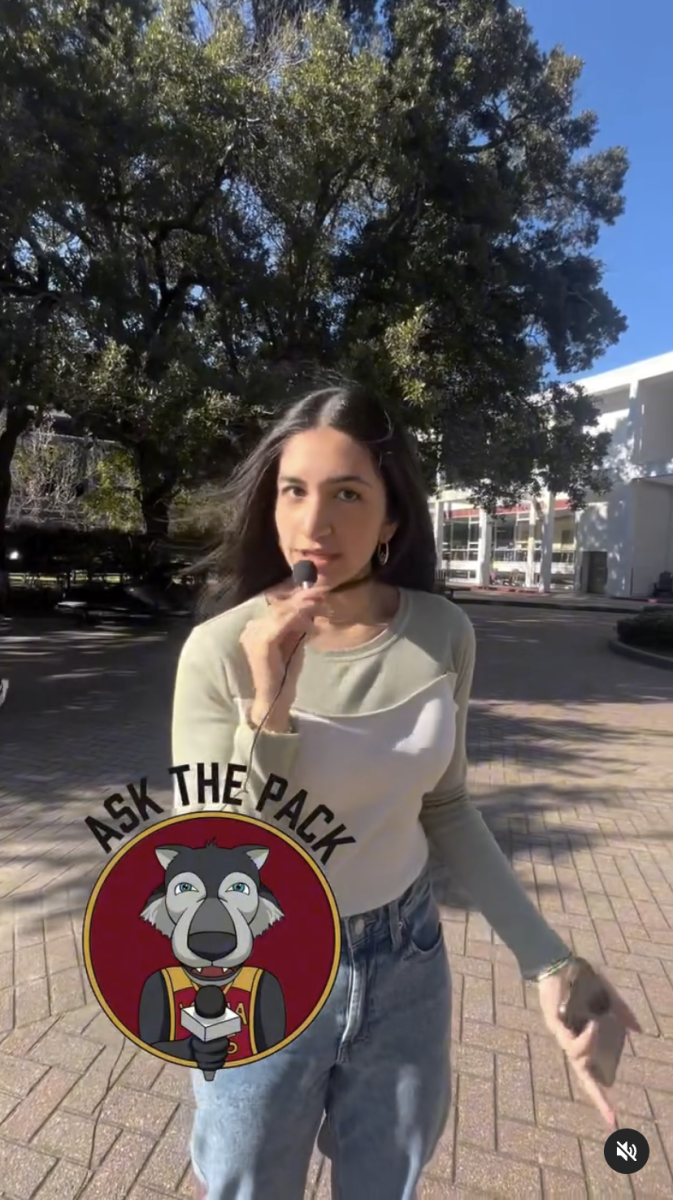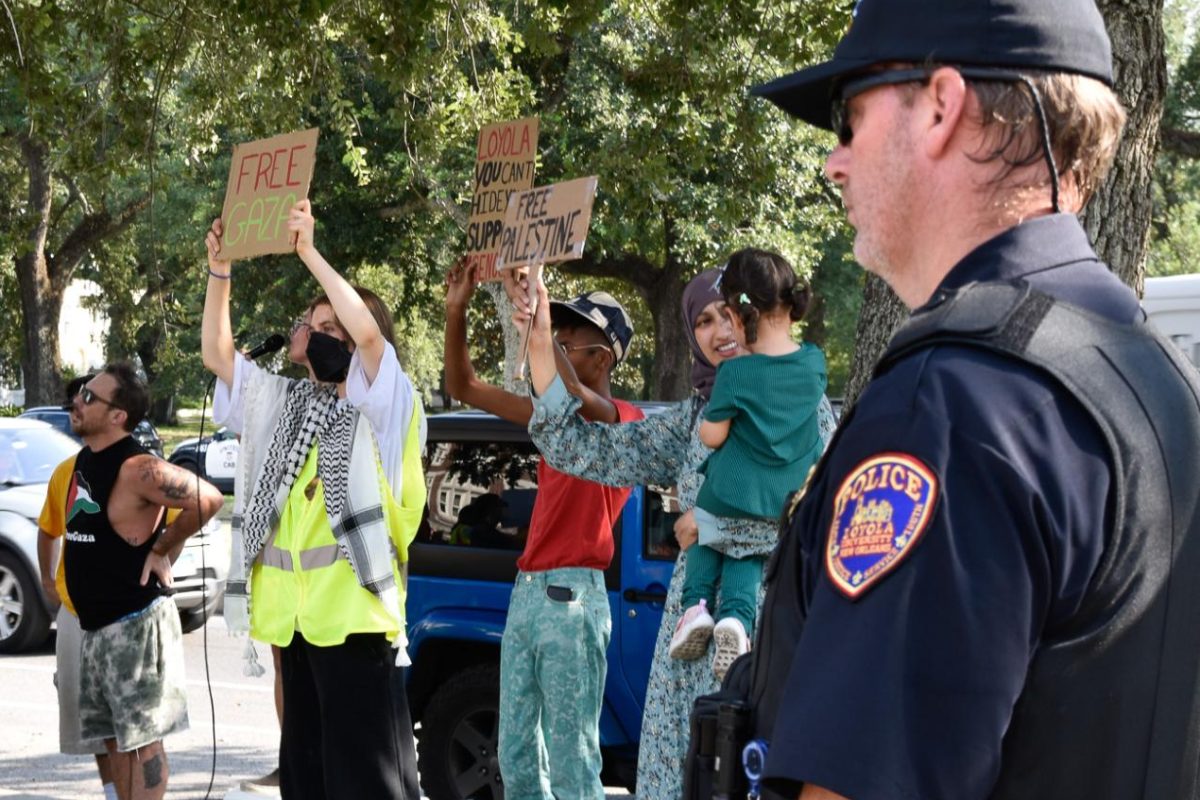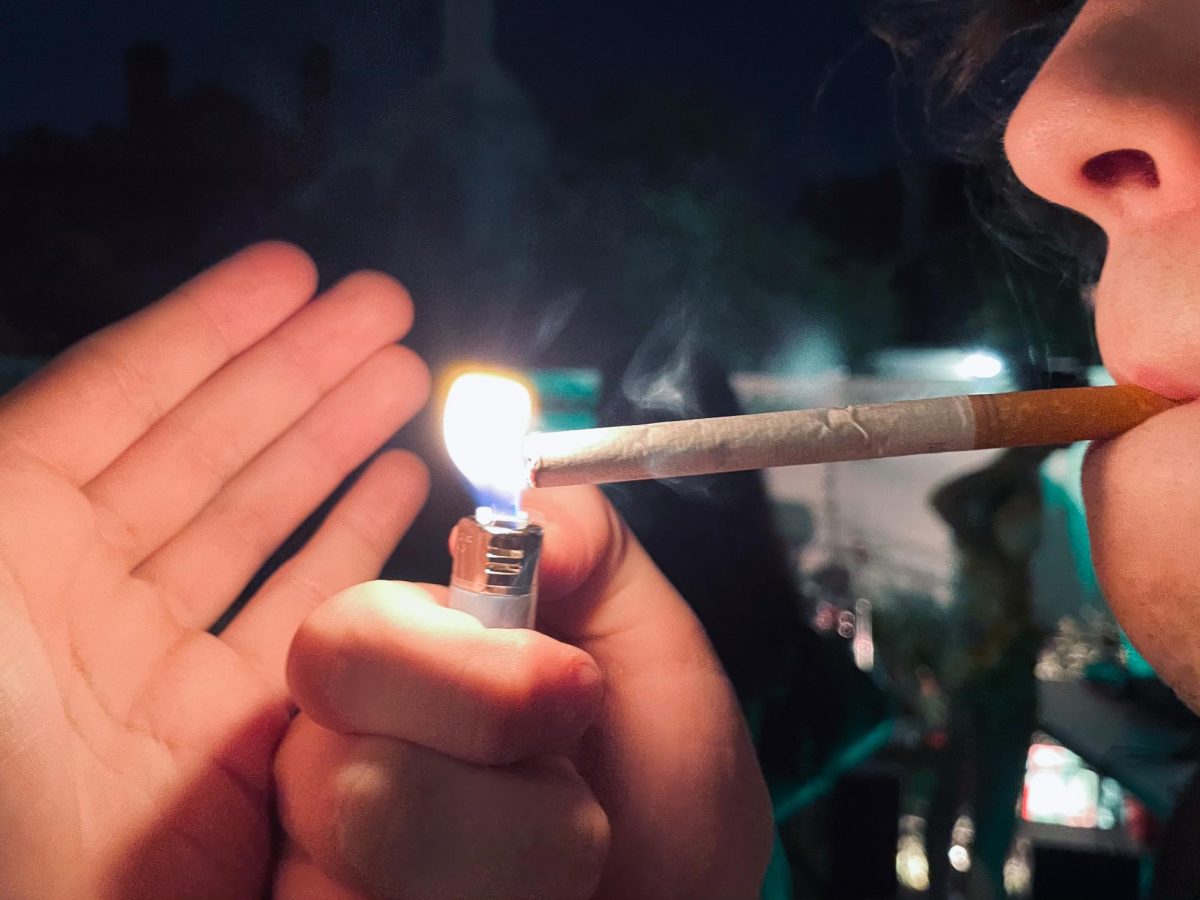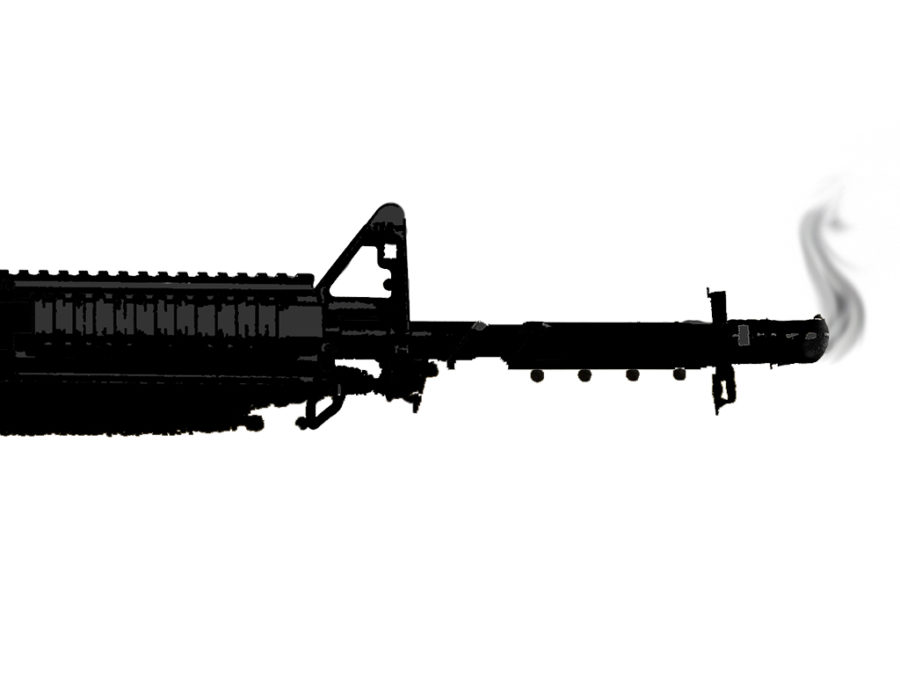Since the beginning of January, Loyola University has sponsored tours of portions of the hurricane-ravaged Greater New Orleans community. Thus far, about 20 groups have seen the devastation through a Jesuit lens.
The objective of the tours is simple – to acquaint the Loyola family with the horrible condition of 80 percent of our city. The purpose is clear, too. Since there is a time honored tradition at Loyola for community service and service learning, the university feels it is important that our students get an overview of the challenges faced by our city.
There are several themes to all Loyola tours:
The damage is of enormous proportions. Each tour covers a 20-mile cross-section of New Orleans, and we don’t even enter the East.
The storm paid no regard to socioeconomic status. The poor were blasted, as were the wealthy.
No particular ethnic group paid a heavier price than did others. As examples, African-American neighborhoods in the Lower Ninth and New Orleans East received heavy damage, as did the Asian community along Chef Menteur Highway and primarily white areas in Lakeview.
Though our tours are usually focused in New Orleans, we talk about the misery being experienced in St. Bernard, Plaquemines, St. Tammany and the Mississippi Gulf Coast.
Regardless of one’s station in life, including one’s ability to financially recover, all affected citizens are sharing a very deep, personal hurt.
The tour begins at the corner of Bonnabel Boulevard and Veterans Highway in Metairie. The bus proceeds east toward New Orleans, and the riders see the bustle of activity in a place that was not flooded due to failed levees. They are told that this is what New Orleans would look like had the levees not broken. The city would be damaged, but functional.
We cross the 17th Street Canal into the very white middle- to upper- socioeconomic West End neighborhood. We then drive across the city, taking time down Mirabeau Avenue to discuss the ethnically mixed middle class population and to see their flooded homes. By the time we reach the primarily black, lower-socioeconomic neighborhoods of the Lower Ninth, all of our objectives and themes had been observed and discussed.Now, back to the purpose. The immediate intent was to introduce returning and new students to the condition of their adopted city. Many parents attended the earliest tours, and most voiced their deep concerns about the city’s future as well as the safety and well-being of their offspring under such conditions.
Clearly there is a secondary purpose, not voiced until the very end of the tour. Roughly 80 percent of the riders are from out-of-state, so this is the perfect stage for launching a mini-education program. All participants are asked – no, pressured – to write their Congressman and Senators about their experiences. It is also suggested that they contact all their family members and friends and share their observations and reactions to what they saw and heard.
Many have responded. One mother told me she shared her observations with her book club when she returned to Nashville, Tenn., and was asked by two people in the group to give talks to their clubs. Others have immediately contacted everyone in their e-mail address books and have gotten positive responses.
Everyone in our community is very aware of the emotional stress that Katrina and Rita caused the citizens of coastal Louisiana. No one here fails to comprehend the debilitating trauma felt by those whose lives have been drastically changed.
But the dire needs of our area are slow to be fulfilled. Many fear that our nation is moving on to other concerns – that people throughout the U.S. are beginning to question the volume of requests coming from the Gulf coast.
There is only one way to address those concerns, and that is to be very sure that each and every U.S. citizen understands this tragedy that was caused by the failure of the federal government to perform the job it promised to have done.
I firmly believe that it is of paramount importance that we allow U.S. citizens to see firsthand this greatest of national catastrophes. It is equally important that those who tour show consideration for the feelings of their traumatized countrymen by exhibiting appropriately respectful behavior.
And we must respect the feelings of our Loyola family members who would rather be left alone.
Robert Thomas, Ph.D., is the Loyola chairman in Environmental Communications.



